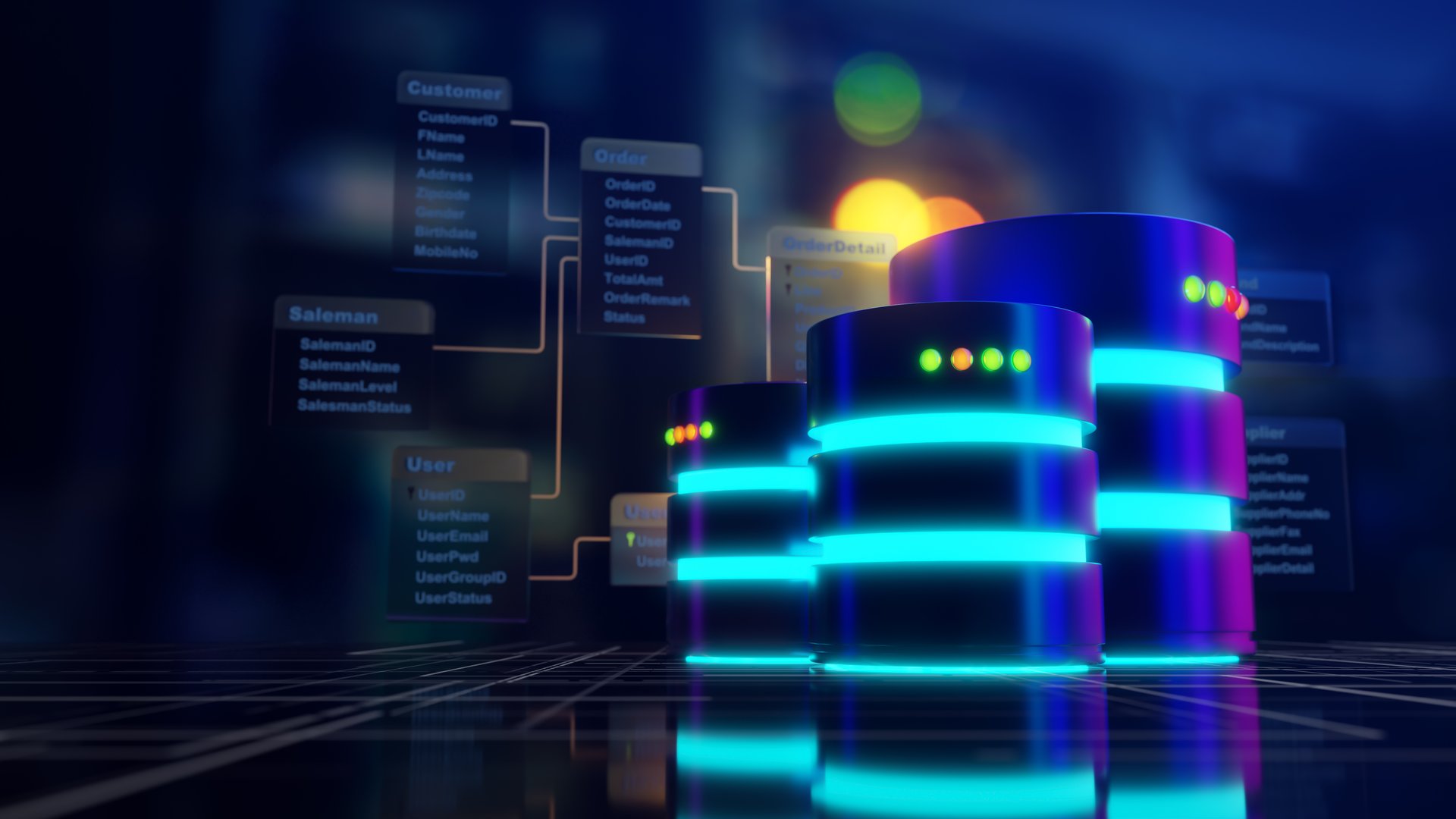
10 Advanced SQL Query Optimization Techniques That Reduce Execution Time by 80%
Discover professional-grade SQL optimization strategies used by enterprise database administrators.
Read More →Specialized database performance tuning for MySQL, MariaDB, and PostgreSQL systems. Boost your application speed, reduce server costs, and eliminate bottlenecks with expert optimization.

Comprehensive database optimization solutions tailored to your specific needs
In-depth analysis of your database systems to identify bottlenecks, inefficiencies, and optimization opportunities.
Expert optimization of SQL queries to reduce execution time by up to 80% and improve overall system performance.
All optimizations implemented without accessing or exposing your production data. 100% secure process.
Continuous monitoring solutions to track performance metrics and ensure sustained optimization results.
Knowledge transfer sessions to empower your team with database optimization best practices.
Round-the-clock expert support to address any database performance issues as they arise.
Our proven optimization process delivers results without disrupting your operations
We analyze your database configuration and query patterns to identify optimization opportunities.
We develop a customized optimization plan tailored to your specific needs and goals.
We implement optimizations with zero downtime using secure, proven methodologies.
We continuously monitor performance to ensure sustained results and ongoing optimization.
Key benefits that set our database optimization services apart
Our optimization techniques can dramatically reduce query execution times, improving application responsiveness.
We optimize your database without ever accessing your sensitive production data.
All optimizations are implemented without any service interruption to your applications.
Clear metrics and reporting to demonstrate the value and impact of our optimization work.
Testimonials from satisfied clients who've experienced our optimization services
"Eric is detail oriented and excellent team player, focused on objectives with strong communication skills."
"Eric's technical MySQL expertise matched his mentoring passion. Highly recommend for revamps and training."
"Competent, reliable team worker. Recommendations invaluable and trustworthy with impeccable work ethic."
"Within 2 hours identified major problems with recommendations. Trustworthy and available for knowledge transfer."
Expert insights on database performance optimization

Discover professional-grade SQL optimization strategies used by enterprise database administrators.
Read More →
Complete guide to multi-tenant database architecture patterns, implementation strategies, and best practices.
Read More →
Discover why database performance is crucial for developers. Learn optimization techniques and best practices.
Read More →Get a free analysis of your database performance and discover optimization opportunities.
Get Free Analysis